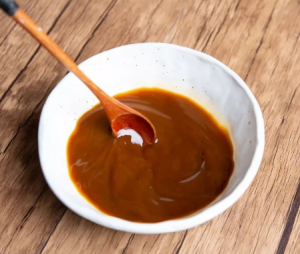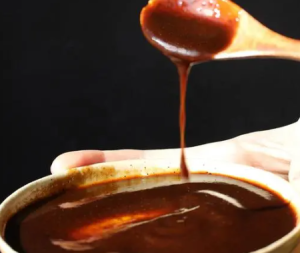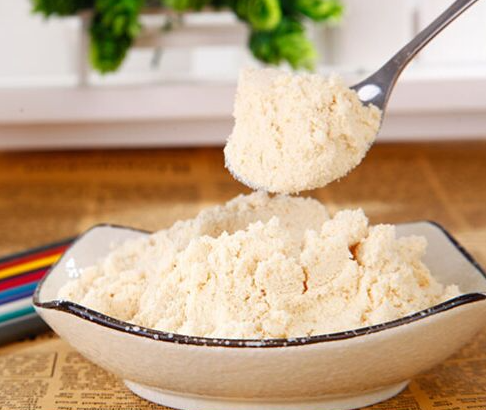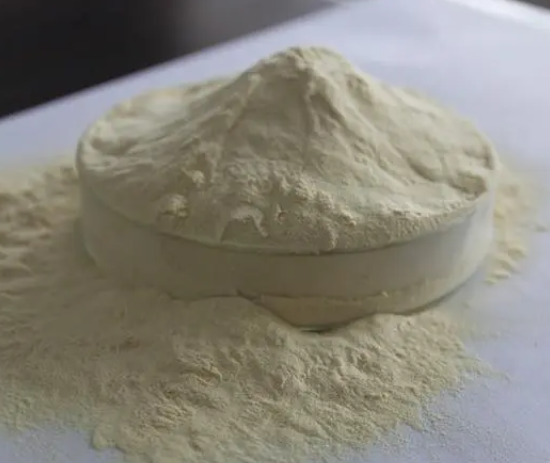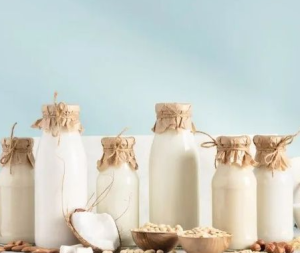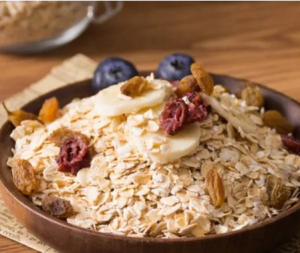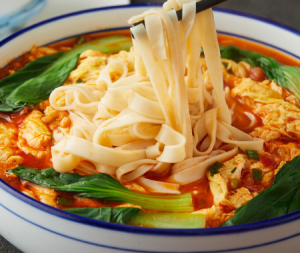HVP is made from single or combined plant-based protein sources, including soy, corn, and wheat.
Protein molecules are long chains of amino acids linked together by peptide bonds. These bonds are broken to produce HVP through a process called acid hydrolysis, which uses a protic acid – usually hydrochloric acid – to catalyze the reaction with the addition of water. The solution is then neutralized with a base like sodium hydroxide, which leaves behind sodium chloride (table salt).
The peptide bonds can also be broken with the use of proteases and water through enzymatic hydrolysis. The proteases used for this production method can alter the taste-enhancing properties of the product.

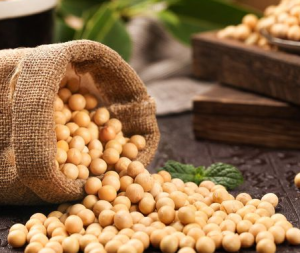
The resulting product – produced either from acid or enzymatic hydrolysis – contains, among other amino acids, glutamic acid, which imparts an umami flavor and aroma. Umami, which means “delicious” in Japanese, is one of the five basic tastes that has been described as meaty and savory. Salt and various volatile compounds also contribute to the taste of HVP.
The protein source, concentration of the acid, the time and temperature of the reaction, the degree of hydrolysis, and other factors, all affect the organoleptic properties of the final HVP product, which are available in dry, paste, or liquid forms.
Manufacturers use HVP to intensify the flavor of a variety of food products, including soups, gravy, sauces, stews, stocks, bouillon cubes, beef products, imitation meat products, and processed meat products. It’s also used to restore the flavor of certain food products, which may be lost during the canning, freezing, or drying process.
